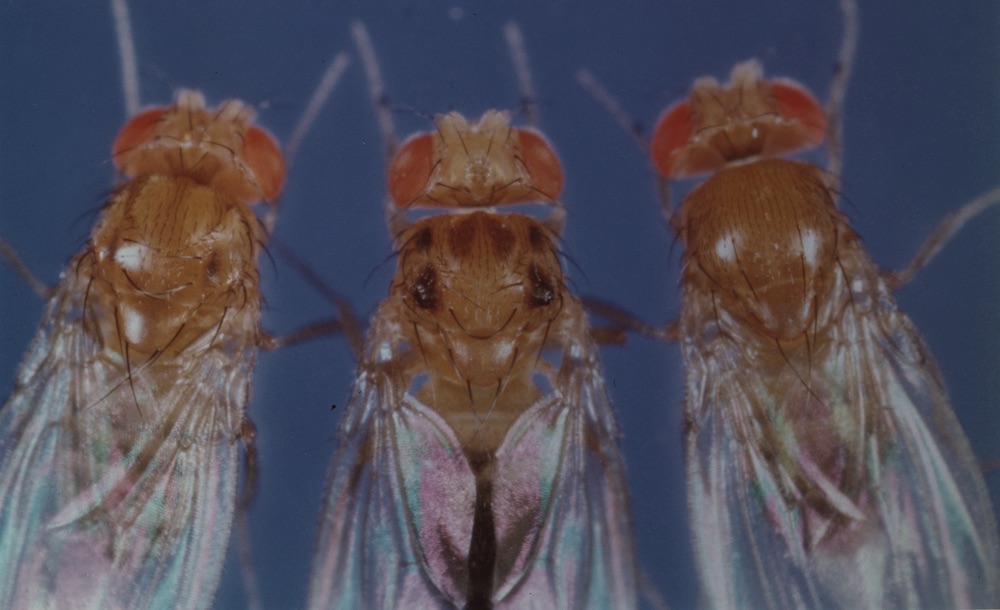Bioscientists led team that found a microbe that protects fruit flies from an environmental herbicide
More is learned every day about how a microbiome – the collection of all microorganisms living together in one place – affects its host organism, such as flies. Atrazine is an herbicide commonly used in agriculture and is toxic to flies. A team of researchers from the Biosciences Area at Berkeley Lab and the University of Birmingham in the United Kingdom found one particular organism in the fly’s microbiome that helps protect it from this compound. This method of rescuing fruit flies from atrazine poisoning with probiotics has been patented since it may be useful for protecting pollinators in agriculture.

Both the fly and its microbiome are important players in responding to stress when the fly is exposed to environmental chemicals. Therefore, researchers analyzed data on what genes and metabolites were expressed in the fruit fly, as well as in its gut microbiome components, to monitor how the flies responded to a toxic substance in the environment.
In their recent study, the scientists identified the basic processes used to neutralize the effects of the toxic substances. They identified evidence of coordination between these pathways, involving both the fly and its microbiome. Then the researchers identified a specific microbe that contributed significantly to the fly’s tolerance to atrazine. In essence, this microbe “rescued” the flies from the most severe outcomes of atrazine toxicity.
Researchers administered a particular microbe to a fly raised in germ-free conditions restored its survival profile relative to those that were raised conventionally. This proof-of-principle pipeline may be used for designing microbiomes to remediate toxic exposures.
Ben Brown, staff scientist and co-first author of the study, said, “This study was exciting for two reasons. First, it is intriguing that a single, well-selected microbe was sufficient to rescue atrazine toxicity in fruit flies. Second, we developed a pipeline for going from multiple omics modalities to the identification of the major components of response to a toxic substance.”
The researchers will now deploy this capability in studies of other environmental chemicals, and in the development of procedures to aid in developing new chemicals that are safe by design.
“I have the most respect for the bacteria,” continued Brown. “That’s an impressive microbe!”
Co-authors on the study affiliated with the Biosciences Area are Sasha Langley, Antoine Snijders, Kenneth Wan, Siti Nur Sarah Morris, Benjamin Booth, William Fisher, Ann Hammonds, Soo Park, Richard Weiszmann, Charles Yu, Jian-Hua Mao, and Susan Celniker, who led the team.



